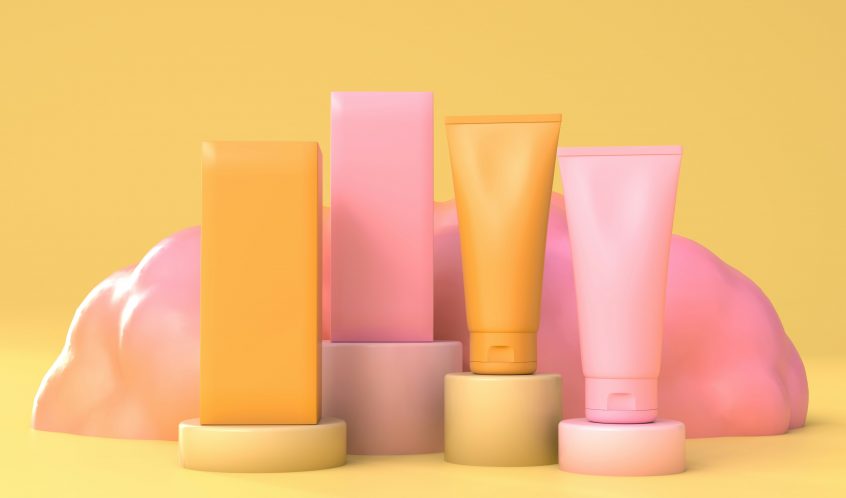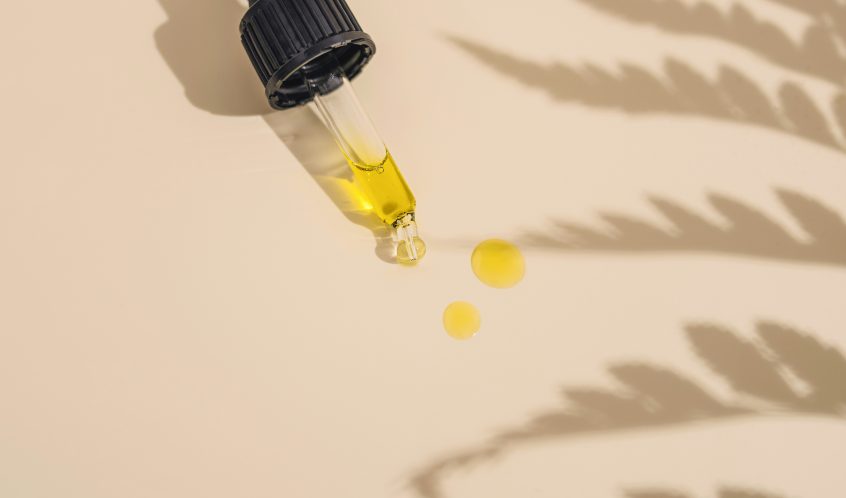Sorry, no posts were found
Why Seaweed Is Making Waves in Skincare
The ocean holds countless beauty secrets, with seaweed undoubtedly being one of its most overlooked treasures.
The nutrient-dense ingredient has been used in beauty and wellness routines for centuries due to its versatility and recognised wellness benefits. Today, it continues to make waves in cosmetic formulations, celebrated both as a sustainable raw material and for its unique, skin rejuvenating properties.
Let’s dive in and uncover the skin-loving benefits that make seaweed a powerhouse ingredient:
🌱Rich In Nutrients:
Packed with vitamins, minerals, amino acids, and antioxidants, seaweed nourishes and protects the skin. Though known for its dietary benefits, it also provides similar effects when used in cosmetics.
💧Moisture Magnet:
One of the standout benefits of seaweed is its ability to hydrate. Different types of seaweed, such as red algae like Irish Moss (Chondrus crispus), has powerful moisture retention properties, that draw in moisture and lock it into your skin.
💪Anti-Ageing Powerhouse:
Kelp contains fucoidan; a compound that promotes …
Skincare Labels: Natural, Organic, Vegan & Cruelty-Free Explained
How often do you stand in a beauty store or pharmacy, staring at shelves of products, wondering what all those labelled benefits really mean? To say it can be overwhelming is an understatement.
Label terms like ‘Natural,’ ‘Organic,’ ‘Vegan,’ and ‘Cruelty-Free’ can overlap in meaning, and cause confusion. Knowing what these terms actually mean empowers you to choose products that align with your values and needs.
Let’s explore what each term means and how it influences your choices as a consumer.
🌿Natural:
Natural ingredients come from nature, including plants, minerals, and some animal by-products. These ingredients undergo minimal processing to retain their natural properties. Examples include essential oils, botanical extracts, and natural clays. A cosmetic labelled as ‘natural’ indicates its ingredients come from nature, however, as ‘natural’ isn’t a regulated term, these products may still contain a mix of synthetic and natural components.
🌾Organic:
Organic ingredients go a step beyond natural. They come from natural …
Sustainable Beauty & The Rise of Waterless Products
If you were to take a quick look at some of the cosmetics you use, it is likely that the majority will contain a large percentage of water.
A small percentage of water in one cosmetic product may seem insignificant, but the impact of using fresh water for the large-scale manufacturing is a rising concern. This concern has led to many brand owners and consumers to move towards innovative, waterless solutions that focus more on water preservation and environmental responsibility.
What is ‘anhydrous’ or ‘water-less’ skincare?
Anhydrous means waterless. Anhydrous formulations include powders, butters, balms, waxes, solid bars and even pressed serums and oils. These formulas are more concentrated and do not require a preservative system.
Why waterless products?
Ultimately, water is our most valuable resource! By eliminating the need for water in formulations, brands offer a sustainable option that significantly lowers the carbon footprint for both manufacturers and consumers.
Key Point
Benefit / Impact
💧 …
Why Formulation Transfers Are More Challenging Than Ever
AI brings innovation, but also new and surprising obstacles. We explore the challenges of formulation Technical Transfers, and how we navigate these new hurdles.
Our core services include Custom Development, Private Label, and White Label, but we can also take developed formulations through to manufacturing via our Technical Transfer process.
In a Technical Transfer we are given an existing skincare formulation and adapt it for our GMP manufacturing system. This includes reviewing the formula, setting up documentation and process mapping, and preparing the product for full-scale commercial production. With the IP owned by the client, we manufacture the formulation exactly according to the provided process details, without making further adjustments.
As AI services continue to grow, it introduces new regulatory and IP challenges for our specialised services, especially when it comes to Technical Transfer projects.
Here are some of the new obstacles we’re facing:
🧪Theoretical Formulations: AI can easily produce ingredient lists that are not …
‘Clean’ Beauty Uncovered: Clearing Up the Hype
The ‘clean’ beauty trend has generated a massive shift within the skincare industry, but what is it, and what does it mean for consumers?
Key Features of ‘Clean’ Beauty:
The term ‘clean’ is interpreted in various ways, and marketing phrases like ‘non-toxic’ or ‘chemical-free’ are often used, sometimes resulting in misleading claims for consumers. Common features of ‘clean’ beauty includes:
🔎Ingredient Transparency: The disclosure of ingredients by the brand.
🧪Safety: The avoidance of known irritants or potentially harmful ingredients.
🌎Sustainability: Eco-conscious and sustainably sourced packaging and/or ingredients.
Is It ‘Clean’?
Let’s break down some common questions and often misleading myths to sort the facts from the fiction:
‘Clean’ means 100% natural = FALSE❌
Not necessarily! Brands can focus on natural formulations; however, synthetic ingredients can be included if deemed safe.
Chemicals Are Bad = FALSE❌
No, this is a very common misconception! ‘Clean’ beauty avoids harmful chemicals but doesn’t ban all of them. Everything, including water, is a chemical, so …
Batch Variation: Why Your Natural Skincare Product Isn’t Always The Same
Using natural ingredients in cosmetics means that from batch-to-batch there will always be small differences, but why does this happen?
Maybe the colour isn’t quite the same shade as last time, or the scent isn’t as sweet. This is called batch variation, and while it may seem unusual, there is no need for concern – it’s just the charm of working with nature where no two batches are ever the same.
Let’s look at some frequently asked questions about natural skincare and batch variation and what it means about the natural ingredients used:
‘Why is the look, feel, or smell of my natural product different to the last one I bought?’
Even with identical ingredients used in each batch, environmental and seasonal conditions affecting those ingredients often cause variations in the final product. Let’s use the example of picking two apples from the same tree at the same time; even though the fruit …







